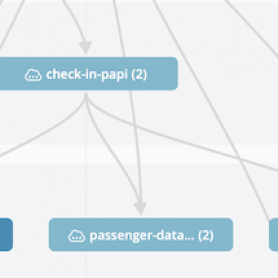Your top 3 questions about MuleSoft and Tableau, answered!
Data-based insights are a critical component of strategic decision-making in business today. We know this because, time after time, we’ve seen companies that successfully
Reimagining the future of digital business
Learn how CIOs can thrive — not just survive — to navigate the maze of unknowns by going all-in on digital. Get a look
How to untie multilevel structures with DataWeave recursive calls
It's rare for developers to work with flat data structures — instead we often work with multilevel data structures. Normally, XML uses multiple layers
Why Mule is not your data strategy
I often get asked the question, “What is your data strategy?” It’s a bit of a tricky question as in some areas we do
4 critical steps to reopening your business
Reopening the workplace in this new normal will no doubt be a challenge. CIOs and IT leaders must respond quickly to the seismic changes
How to drive business growth with data: Salesforce Live (7/23)
Data is one of the most valuable business assets, across all industries, and geographies. The organizations that are able to capture the full power
Becoming a data-driven enterprise starts with getting in the loop
Some problems are “oak tree problems” and being a data-driven enterprise is one of them. An oak tree problem is one that is characterized
Standards have always accelerated innovation, COVID-19 demands we do this again with data
The COVID-19 crisis has drawn out many of the best sides of our collective character. We are surrounded by inspiring stories of ad-hoc collaborative
5 insights from MuleSoft’s CTO for creating a winning data integration strategy
Nearly all (92%) of businesses are currently undertaking digital transformation initiatives or plan to in the next year, but many challenges come with this
Automating CloudHub deployments for Anypoint Visualizer
A corner-stone of professional software engineering is automation, which helps eliminate human error, reduce unintended variability, and increase reproducibility. In this article, we demonstrate























